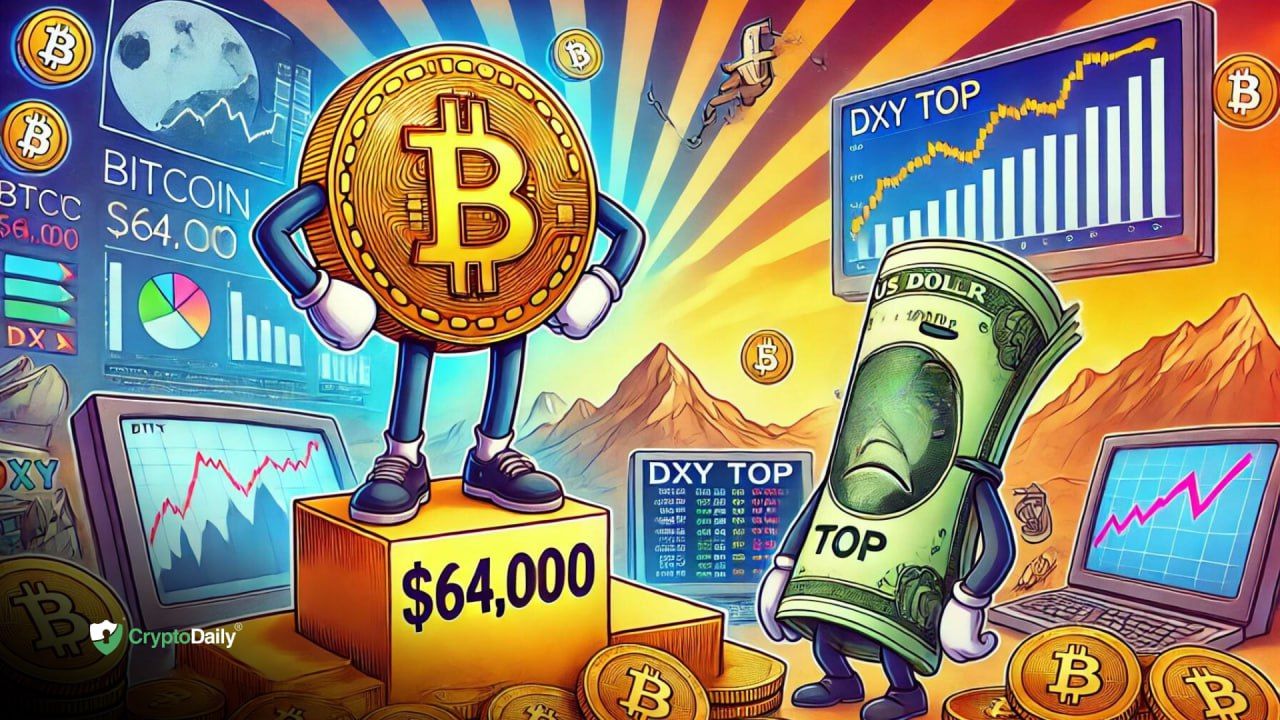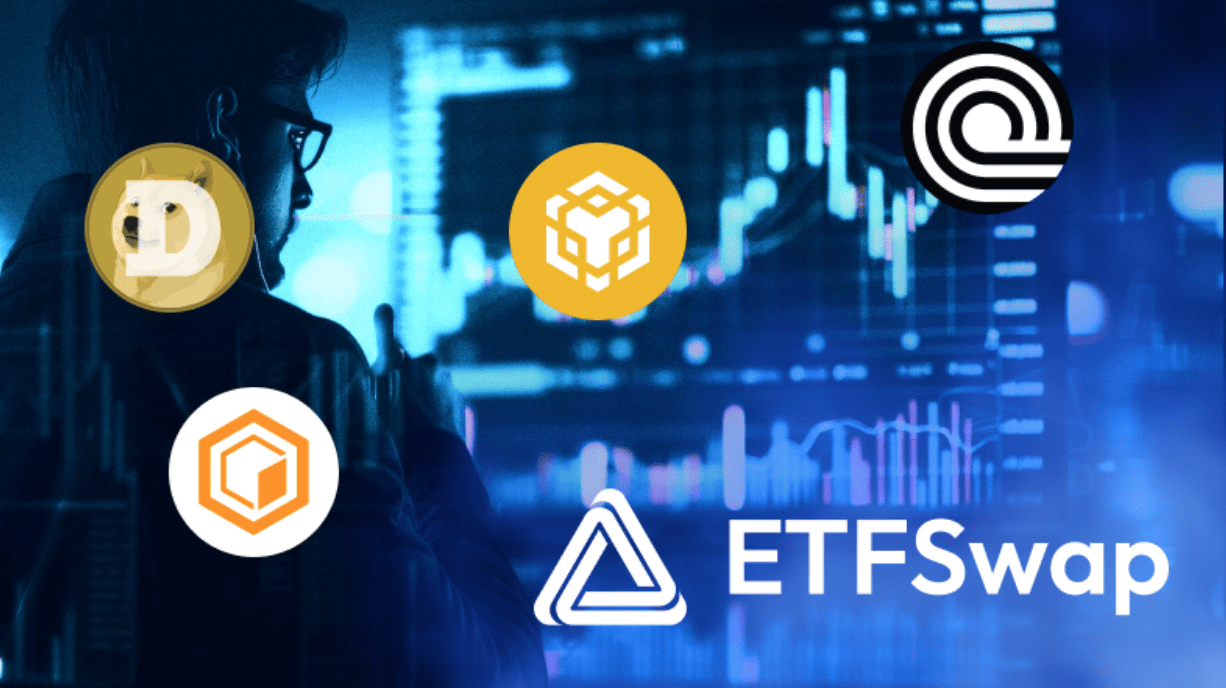Table of Contents
- FDIC’s problem bank list
- A resilient banking industry?
- Value offered by banks compared with that provided by Bitcoin
The FDIC recently published its Quarterly Banking Profile for the first quarter of 2024, and its findings were shocking as regards the number of banks that are currently insolvent. In this kind of environment Bitcoin is a serious hedge against a potential banking collapse.
FDIC’s problem bank list
The FDIC (Federal Deposit Insurance Corporation) is a US government agency tasked with insuring bank deposits. It also examines and supervises the banks. It recently published its first Quarterly Banking Profile for 2024, and despite the upbeat tone of the report, for the FDIC to state that 63 banks were rated a 4 or 5 on the CAMEL composite rating was of grave concern.
The CAMEL rating system is based on Capital Adequacy, Asset Quality, Management, Earnings, and Asset/Liability Management. The rating is from 1 to 5, and a “4” means that the financial institution characterises “poor performance that is of serious supervisory concern”. While a “5” is “unsatisfactory performance that is critically deficient and in need of immediate remedial attention.”
The FDIC stated that the number of banks on its “problem bank list” had risen from 52 to 63 in the first quarter of 2024, and that this was within the “normal range” for a “non-crisis period”.
The extent of the unrealised losses for the US banking system is currently at $517 billion, which increased by $39 billion over the first quarter of this year.
A resilient banking industry?
The overall tone for this FDIC report was bright and cheery, and concluded that “the banking industry continued to show resilience in the first quarter,” despite “significant downside risks”.
For the FDIC to seek to play down this banking crisis in such a way is par for the course. That said, how anyone is supposed to have confidence in the banking system when 63 banks are considered to be of serious concern or unviable, is a valid question.
The customers of these self-same banks might wonder exactly what advantages, if any, do the banks provide, regarding services and their value for money? Admittedly the 63 banks at risk are probably all regional banks, but even the big banks are not offering value for money.
The best savings rates among the biggest banks in the US vary from around 4% to 5.15%. If one considers debasement (printing of more dollars) and the inflation rate, the average Joe or Jane is probably losing 12 to 14% a year, so keeping their money in a 4 to 5% savings account with the banks is guaranteed to keep them well under water.
Value offered by banks compared with that provided by Bitcoin
Given that the banking industry lobby is probably able to exert massive pressure on the US political system, and would likely be able to have a plethora of positive press written about it by the mainstream media, its hold over the reins of power is not going to easily be shaken off.
That said, people will be noticing what little value their bank provides to them. They also might be looking at how those who are holding Bitcoin are benefiting. One system seeks to rule and manipulate us, while the other allows complete freedom of transactions and a true store of value. Which would you choose?
Disclaimer: This article is provided for informational purposes only. It is not offered or intended to be used as legal, tax, investment, financial, or other advice.
Investment Disclaimer









